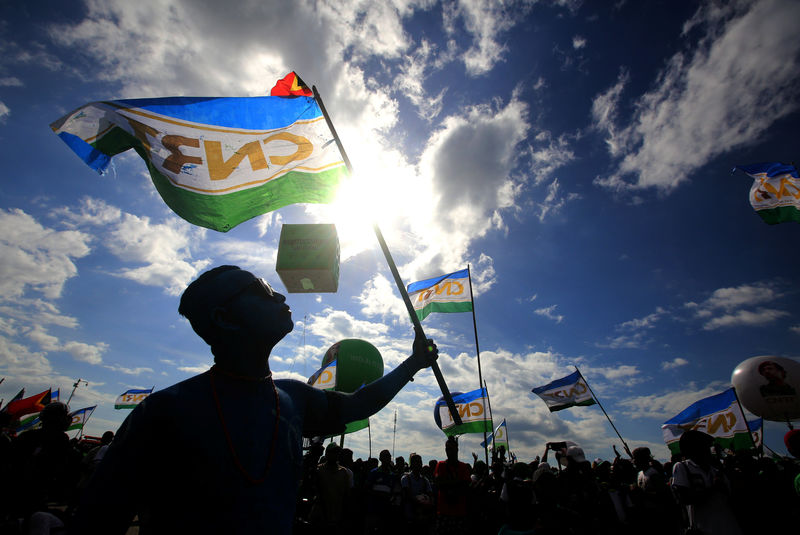By Marcelino Perreira
DILI (Reuters) - Thousands of East Timorese ended weeks of political rallies and entered a campaign blackout on Thursday before parliamentary elections at the weekend, with fears for the economic future of Asia's youngest democracy the primary concern for voters.
More than 20 political parties are vying for 65 seats in East Timor's parliament as frustration grows over the government's failure to use the wealth generated by oil and gas sales to support development and create jobs.
The parliamentary poll, which will determine the next prime minister, follows the victory of former independence fighter Francisco "Lu Olo" Guterres in a presidential election in March.
The president is largely a figurehead, with the government run by a prime minister chosen by the party or coalition that wins the majority of votes.
More than 700,000 East Timorese are registered to vote in the tiny country of 1.2 million people, with official results expected to be announced by Aug. 6.
Former independence fighter Xanana Gusmao and his National Congress for Timorese Reconstruction (CNRT) party are seen as the front-runners in Saturday's vote.
"Whoever may be the next prime minister, the government and also the national parliament will have some key national priorities ... in particular namely the continuation of building key infrastructure," said Nobel Peace Prize winner and former prime minister, Jose Ramos Horta.
He said strengthening peace and democracy should also remain top priorities for the next leader.
The former Portuguese colony was invaded by neighbouring Indonesia in 1975. An often violent 24-year resistance movement took East Timor to independence in 2002 and many of its key figures still feature prominently in running the country.
The current government is a coalition of two major parties — Gusmao's CNRT, and Fretilin, the Revolutionary Front for an Independent East Timor.
Analysts said the challenge for any incoming government would be to wean the predominantly Roman Catholic nation away from its reliance on oil money and diversify its sources of income into agriculture and manufacturing.

The energy sector accounted for around 60 percent of GDP in 2014 and more than 90 percent of government revenue.